In September, Alexis Ohanian sent out a trial balloon, disguised as a tweet. “We quietly backed a team (from Apple, Beats, Uber) reviving a forgotten corner of consumer tech,” the 776 founder wrote. “The beta arrived today and the quality is mind blowing. Webcams, welcome to 2021.”
The message was accompanied by an open box, with a few identifying details — including the company’s name — pixelated out. That information, ultimately, wasn’t too difficult to come by, with the company and product’s name — Opal C1 — printed in white on the border just above the lens.
Reaction was swift. The “shut up and take my money Gifs flowed.” It was, after all, a handsome device, backed by at least one known quantity. And more pressingly, it arrived at the height of a technological pain point that’s been virtually universally acknowledged. Webcams, in a word, suck.
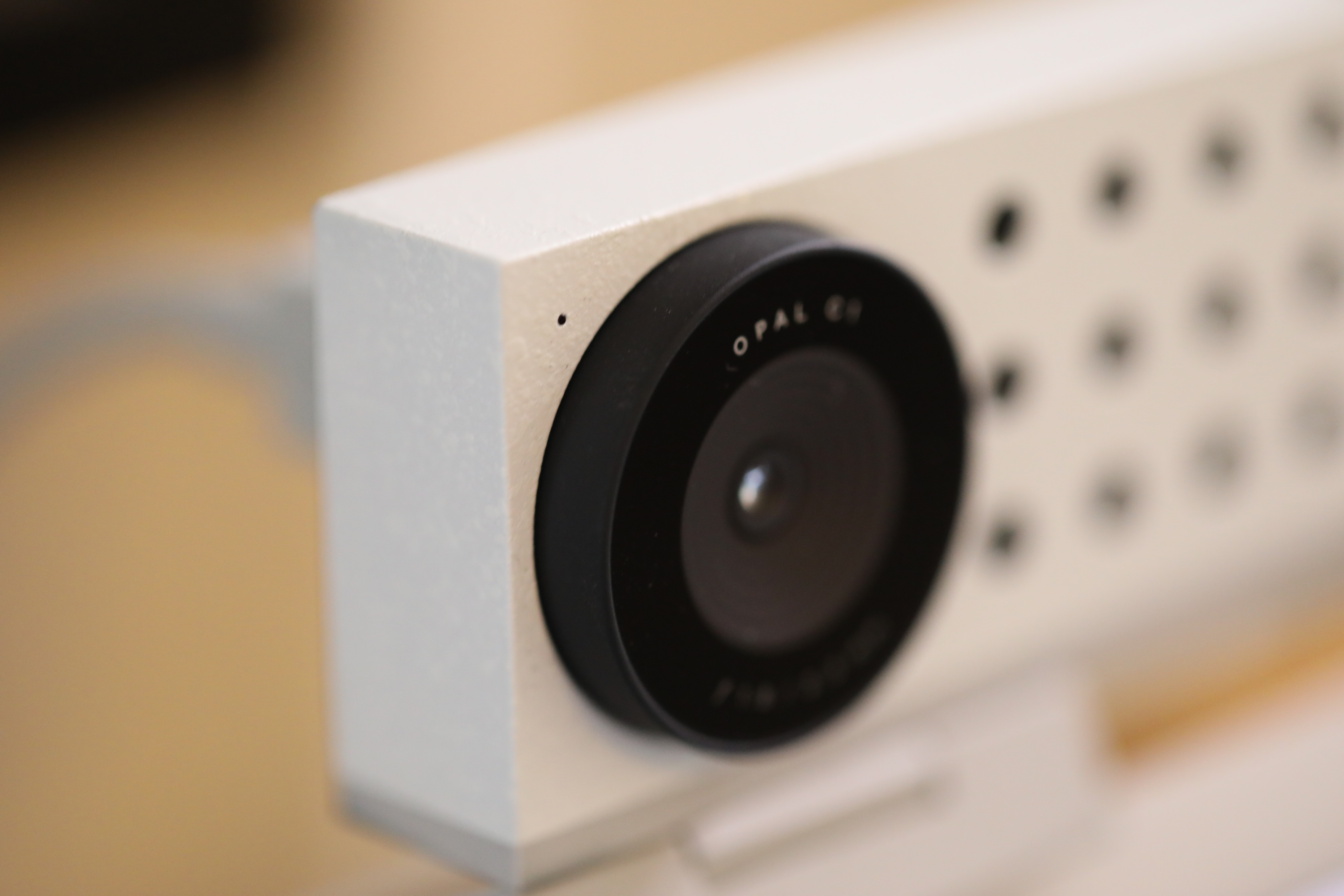
Image Credits: Brian Heater
That’s not any kind of revelation. It’s not like they just started sucking. It’s just that, until recently, it’s just been a thing that we’ve been able to live with. But by the fiftieth time you’ve peered into some CNN correspondent’s apartment at 480p through a coat of Crisco, you begin questioning the nature of the world.
Of course, you don’t have to appear on cable news every night to want an upgrade. Maybe you bought a Logitech — or perhaps your work splurged to jury rig a DSLR. Both cases expose what’s ultimately a huge, under-addressed market. And while at the beginning of the pandemic it may have seemed like a momentary blip, even if/when this whole thing ends, it’s clear that there won’t really be a normal to go back to.
As much as corporate offices have dragged their heels, we appear to have turned a corner on the question of remote work. It’s quickly become more rule than exception, leaving many asking the same question: Where’s the iPhone of webcams? It seems simple enough. Take all the learnings from smartphone imaging and apply them to a stagnant market.

L-R: 2020 iMac Webcam, Opal C1. Image Credits: Brian Heater
It doesn’t appear to be coming from Apple. Not in the near-term, at least. To the company’s credit, they’ve made some strides, first through digital image processing on its M1 chips and then by actually upgrading the built-in sensors. But for many, better’s not good enough. That was more or less the thinking that sent Opal’s founders down their path.
By the time Ohanian’s tweet arrived, Opal had been working on the C1 for seven months. That’s basically overnight in hardware startupland, but at the very least, they had a good-looking piece of hardware couched in nice packaging, with an air of VC mystery sprinkled in. The company says it’s now managing a 16,000-person waitlist.
“[The response] was overwhelming,” says co-founder and president Stefan Sohlstrom. “It was really gratifying for us to see. We’re the most two bullish people on what we’re building. We obviously felt like not only is the market big, that’s obvious, but the need was very deep. It wasn’t just that, sure, millions of people would buy this. It was for the people that are doing this for their job, this is an important thing for them. This is how they communicate with the world.”
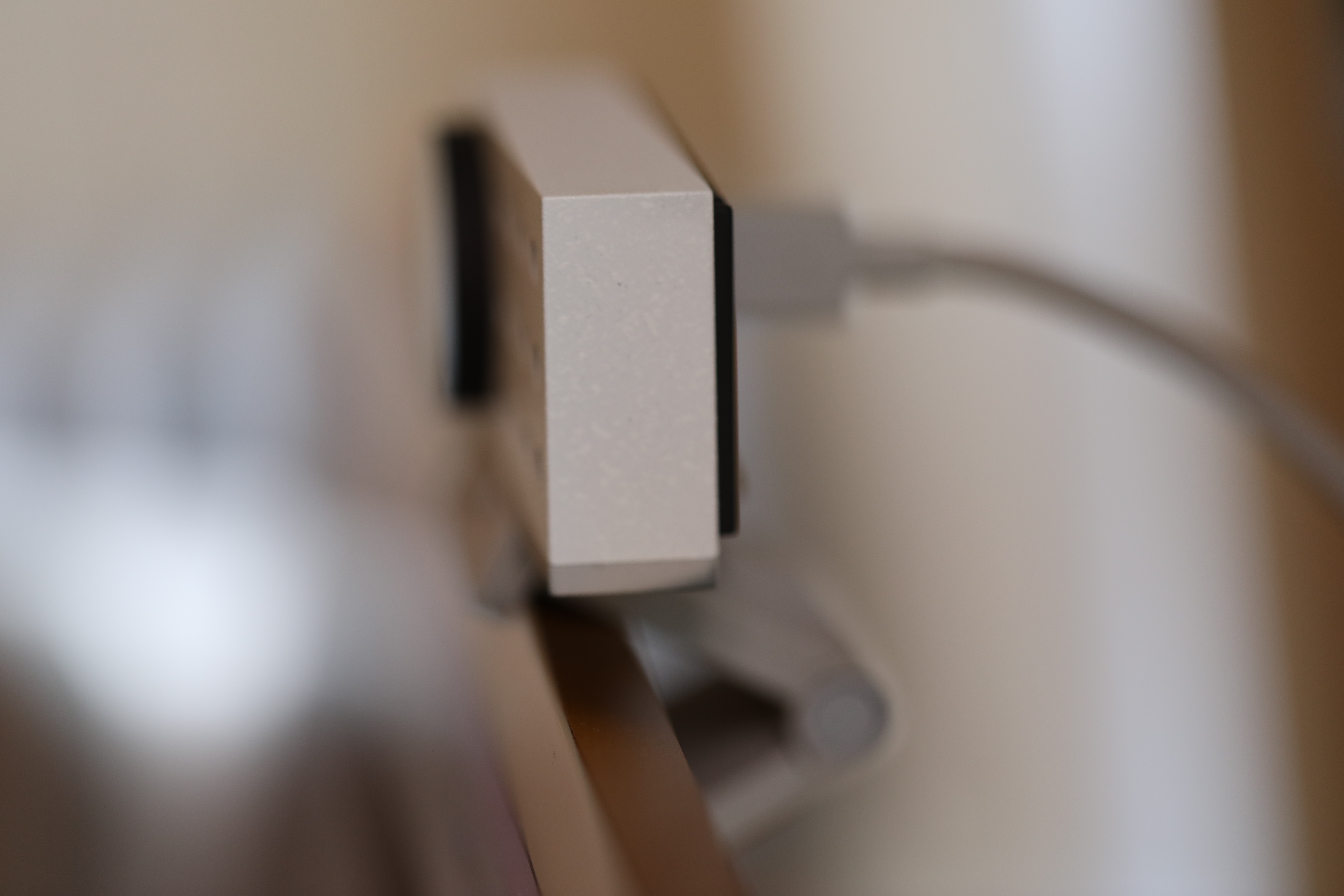
Image Credits: Brian Heater
Opal’s journey officially began in November of 2020, with a simple question.
“If we were to build a webcam today, what are the technologies that are available to us that make an iPhone as close to a DSLR as possible?” says co-founder and CEO Veeraj Chugh. “We did a lot of research talking to folks in the industry, talking to users and talking to people who worked at competitors previously. The overwhelming response, ‘this should exist and the technology needs to look very, very different than every webcam that came before.’”
By December, the team raised an undisclosed seed round, and a month later, it began building a team of designers and engineers who had previously worked for companies like Apple, Google and Magic Leap.
The result is a lovinglycrafted $300 piece of hardware with a 7.8mm, 4K Sony sensor and a built-in beamforming mic mesh array. It’s unquestionably the best-looking webcam I’ve tested. I recognize that — in and of itself — isn’t saying much, but I do spend a lot of hours every day staring into one, so it might as well be nice to look at.

Image Credits: Brian Heater
It also may end up being the most capable. But here is where I hedge my bets and tell you that my hands-on time with the product has effectively entered me into beta testing. Opal is aiming for an out-of-the-box, plug and play experience — and for a company that only recently celebrated its first anniversary, it’s well on its way.
As we push closer to a kind of general availability, I’ll feel more comfortable reviewing the product. For now, I’m content to give the C1 a longer leash than I do review products. It’s an exciting new device from an exciting new company. It has problems and unfulfilled promises — more or less what you’d expect from a limited beta from a brand new company.
The device sitting above the screen of my M1 iMac is final hardware. The software, on the other hand, is still very much in beta. What I received is beginning to roll out to select customers, starting today. Per Opal:
Units start shipping to the public on December 14th. Customers on the waitlist can purchase the camera with an invite. We’re slowly rolling out to ensure the customer experience exceeds expectations – once we cross a positive threshold there, we will roll out in quantities in the tens of thousands.
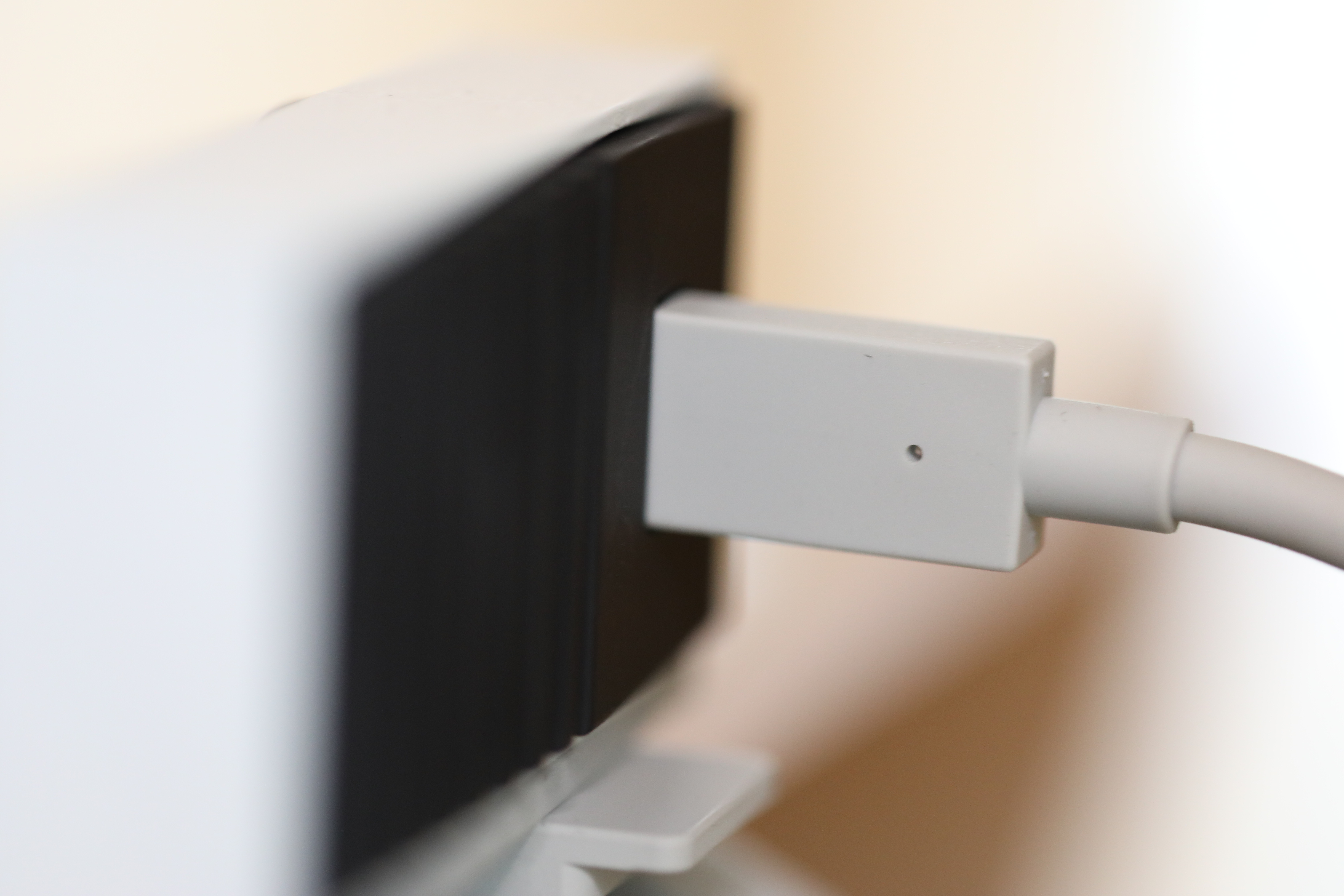
Image Credits: Brian Heater
4K isn’t up and running yet. “We’ve temporarily disabled 4K video, as it is not compatible with most video conferencing apps, and it was giving users a hard time,” the company notes. “We are relaunching shortly with a stronger warning, and will be available for applications that do support, for recording videos and the like.”
Opening the beta control software on my desktop, the Audio tab is grayed out. Using the mic array up front and ambient mics on the rear, the company has some big things planned down the road:
We’re focusing on building the markets leading Noise Cancellation, and using the same learnings to build something we call Studio Sound. Studio sound allows you to sound like you’re on a professional podcast, without the $500 boom mic. Using MicMesh inputs piped through a neural net, we’ll be able to make your sound professional quality.
The sound, as it stands, is good. And by “good,” I mean work-meeting good, not going on CNN or recording my podcast good. If you do either of those things, you’re going to want to stick to that devoted mic. In the future, who knows? “Studio Sound” could be standard or maybe something for professionals to unlock as part of a monthly service pack. There are still a lot of questions to be answered during these heady beta days.
Another question the company needs to answer is how much control to give the user upfront. I realize this seems like a no-brainer, but in the world of imaging, too much control can get average users quickly in over their heads. The ideal compromise for a majority of users is good quality out of the box, with additional manual user adjustments if you dig in. Auto white balance and skin tones are both challenges ahead for the company.
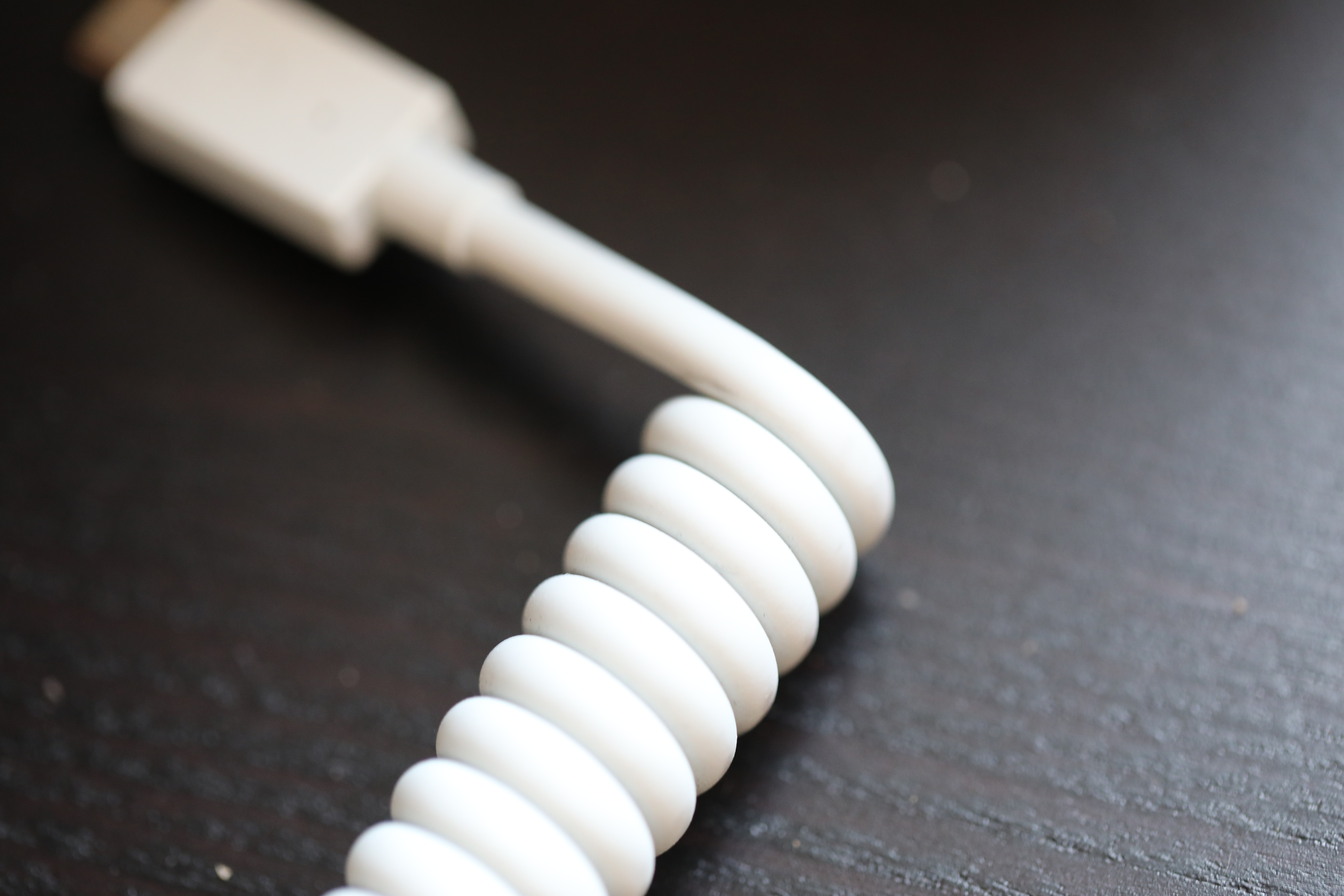
Image Credits: Brian Heater
But on the whole, I’m satisfied with the image I got out of the box. I’ve done some tweaking, here and there. Having a ring light and natural lighting from windows helps, though I still find myself messing around with settings to get things where I want them.
The camera employs an artificial bokeh effect, similar to the portrait mode you find on most modern smartphones (though the company says it developed its own, in-house). I’ve only got the slider about an eighth of the way at the moment, however. When it’s too intense, it tends to blur out my ears and the sides of my face, owing to the fact that there’s no depth cameras on-board. Opal says it experimented with a stereo camera for depth, but opted not to go with it for the sake of getting the device out in a timely manner.
“I think at the end of the day, when you talk to users, they’re like, ‘just give me anything. I can’t deal with these Logitechs anymore,’” says Chugh. “So for us, speed was of the utmost importance, because we felt like we can ship something really good. We just need to be a little bit ruthless about prioritization.”
For the C1, that also means no optical zoom. It seems like an odd complaint, perhaps, for a webcam, but it’s something I’ve grown fond of, while using a DSLR desktop setup. Being able to tightly crop a shot without degrading the image quality is huge.
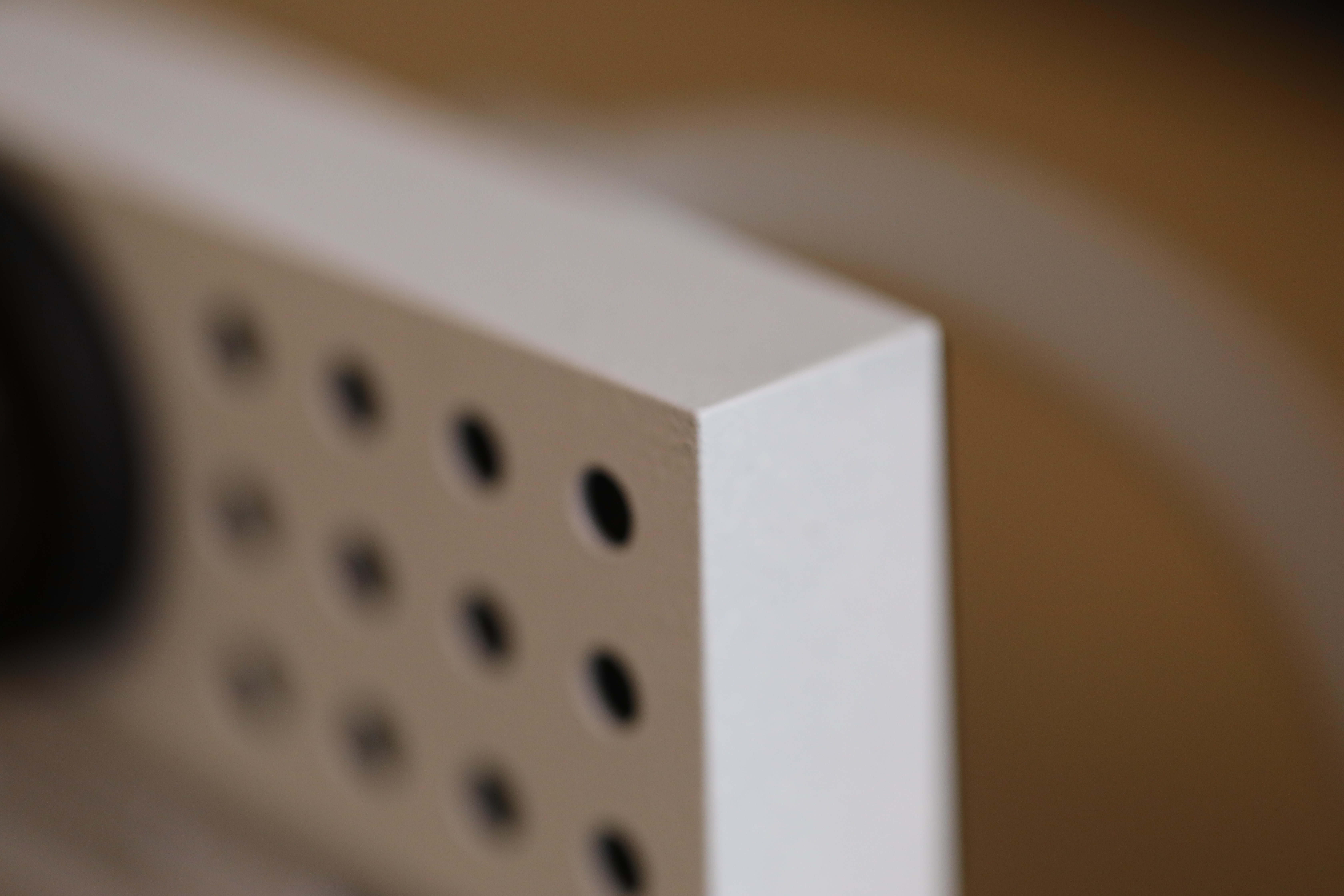
Image Credits: Brian Heater
“For the first camera, the more mechanical components you add, the more risk you have in the supply chain side and the manufacturing side,” says Sohlstrom. “It’s basically more to break. Canon has had maybe 50 years to get their lenses right. It’s definitely something that in the future we could do.”
For now, the system is able to do 2x zoom in 1080p without degrading the image, courtesy of the 4K sensor. The company says it could theoretically do something like 20-30x, but picture quality is going to suffer accordingly. I used my call with the founders to, in part, give a little constructive feedback. For one thing, I’d love a straight-up zoom setting. For now, the closest thing is Facelock. It’s a feature similar to something like Apple’s Center Stage and similar features on smart displays from companies like Facebook, Google and Amazon.
It’s honestly way too sensitive, however, and could leave you a bit seasick. Hopefully in future editions, the company will let users adjust the sensitivity or just simply zoom in. These are both pretty easy fixes. There are so bigger issues. I found with apps like Google Hangouts and Zoom and I had to turn the camera off and on a few times and/or relaunch the software. The camera also gets really hot, even when it’s not active. The company blames this on both the system’s on-board processing and downscaling the 4K image. It’s working on fixes to the above.
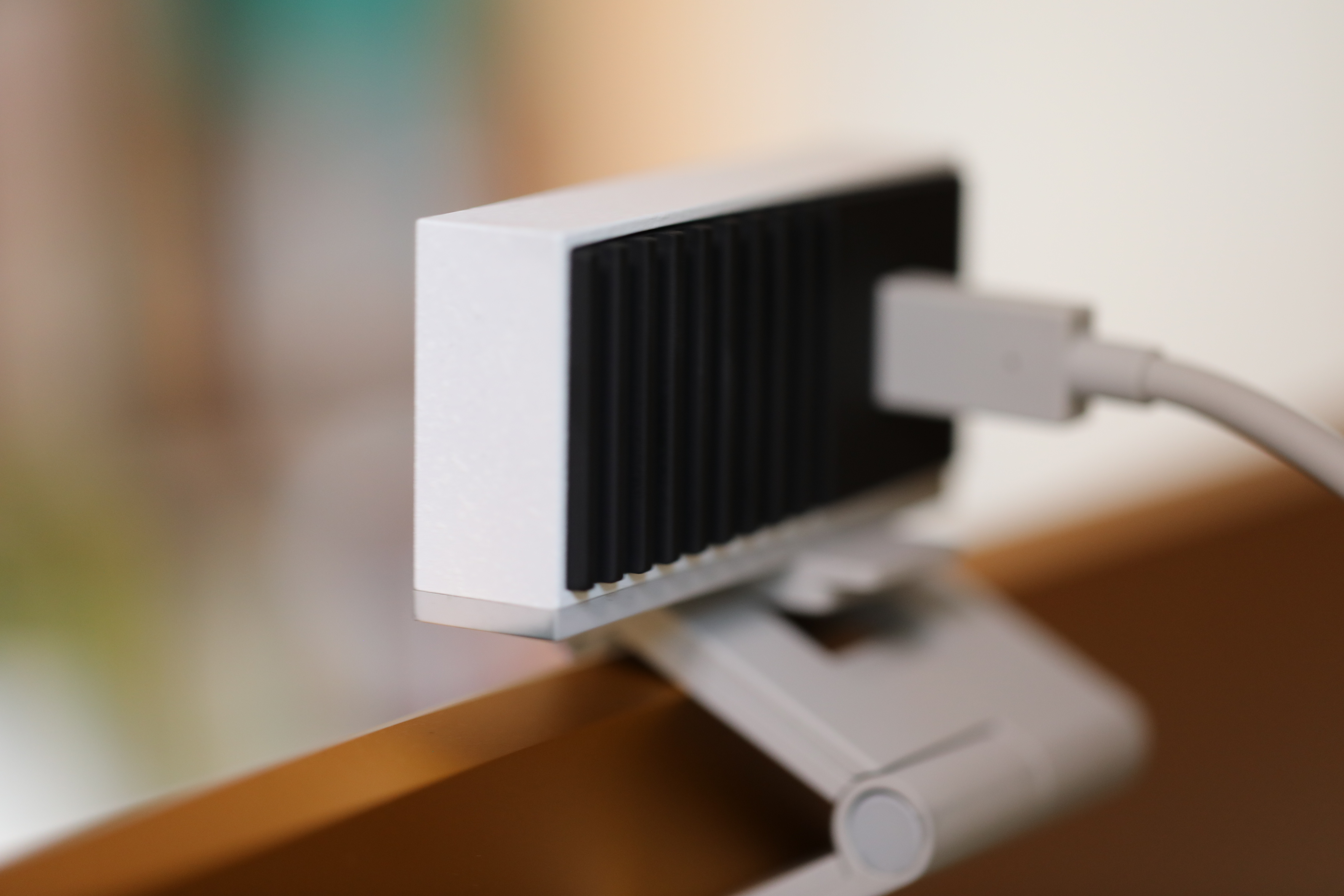
Image Credits: Brian Heater
For a product a brand new company started building less than a year ago, these feel like relatively minor complaints. I’m going to caution away from telling people to jump ship from their DSLRs — particularly if video quality is important to their jobs. But there’s so much promise here. The C1 is an extremely thoughtful product, from touches like a magnetic lens cap with a microfiber cloth and a coiled USB-C cable to more complex processing.
This sure feels like the future of webcams, even if it’s still got a ways to get there.

